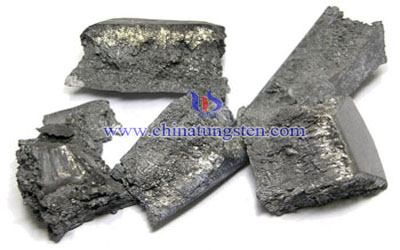Basic Knowledge About Erbium
- Details
- Category: Rare Earth News
- Published on Thursday, 14 March 2013 15:45
Erbium (Er, atomic number 68) is found in minerals that dysprosium is found in (xenotime, fergusonite, gadolinite, euxenite, polycrase and blomstrandine). In 1842, Mosander separated “yttria”, found in the mineral gadolinite, into three fractions. He called these three fractions: yttria, erbia and terbia. After 1877, the earlier known erbia became terbia. The erbia of this period was later shown to consist of five oxides, now known as: erbia, Scandia, holmia, thulia and ytterbia. By 1905 Urbain and James independently succeeded in isolating fairly pure Er2O3. Klemm and Bommer first produced reasonable pure erbium metal in 1934 by reducing the anhydrous chloride with potassium vapor. The pure metal is soft and malleable and has a bright, silvery, metallic luster. As with other rare earth metals, it’s properties depend, to a certain extent, on the impurities present. The metal is fairly stable in air and does not oxidize as rapidly as some of the other metals.

Some known uses for erbium are as follows:
A photographic filter and a nuclear poison – it will kill any nuclear fission process. Compounds of it are often pink when dissolved in solution.
Amplifier of light (optical fibers) used to transmit signals for the internet.
Erbium tri-chloride is used in jewelry and sunglasses.
Erbium salts are used in welding goggles in conjunction with other rare earths.
Rare Earth Manufacturer & Supplier: Chinatungsten Online - http://www.chinatungsten.com
Tel.: 86 592 5129696; Fax: 86 592 5129797
Email: sales@chinatungsten.com
Tungsten News & Tungsten Prices, 3G Version: http://3g.chinatungsten.com
Tungsten News & Tungsten Prices, WML Version: http://m.chinatungsten.com



 sales@chinatungsten.com
sales@chinatungsten.com